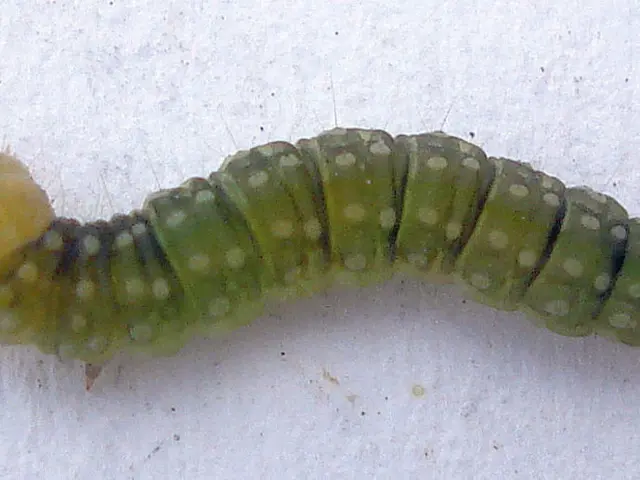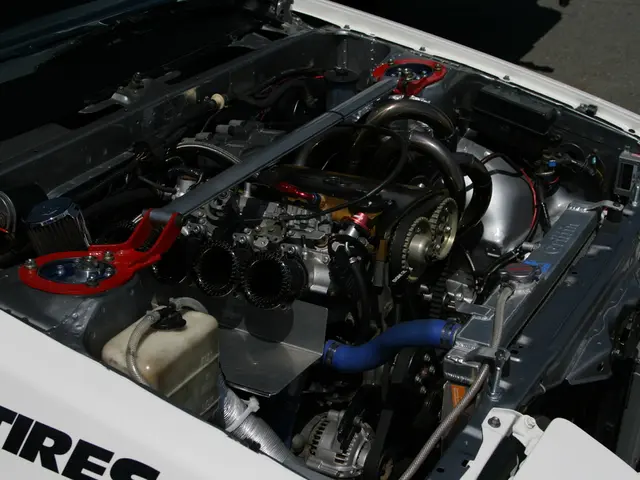Restoring Wetlands Could Be Key to Countering Russian Tanks in Finland and Poland's Defense Plans
In Europe, there is a growing push to restore drained peatlands, not only for ecological reasons, but also to bolster defence infrastructure.
In Poland, scientists are in discussions with the defence and environment ministries to restore wetlands along the eastern border. This initiative is part of Poland's "Shield East" program, aiming to use these natural tank barriers to strengthen defence infrastructure. Similarly, Finland and Poland plan to rewet peat bogs along their eastern borders to serve this dual purpose.
Finland, with one third of its country being peatland, has seen significant drainage, with half of this area affected. However, Finland's defence and environment ministries will soon discuss a pilot project to restore these moorlands. Some obvious sites for rewetting include areas drained for forestry that failed to grow trees.
Across Europe, nearly half of all peatlands are degraded due to artificial drainage. This drainage not only contributes to greenhouse gas emissions, accounting for around 7% of the EU's total annual emissions, but also poses a threat to biodiversity. Rapid restoration may not yield the desired biodiversity and may require careful and time-consuming planning.
Restoring drained peatlands is considered one of the most cost-effective ways to reduce emissions in the agricultural sector, according to the European Parliament. The Greifswald Mire Centre, a German peatland thinktank, has called for the EU to establish a fund worth up to €500 million to finance peatland restoration.
In addition to their ecological benefits, peatlands offer protection for critical infrastructure. They make troop movements near transport routes, energy facilities, and strategic supply points more difficult. This was evident in Ukraine, where deliberate flooding of 2,800 hectares of land in March 2022 slowed down Russian troops advancing towards Kyiv. However, this action may have caused widespread damage and environmental harm.
After World War II, vast swathes of wetland were given over to the forestry industry and agriculture in Finland. Under EU restoration laws, member countries must restore at least 30% of drained peatlands by 2030, and 50% by 2025. Finland has already completed the first stretch of a wall along its 1,340 kilometre border with Russia.
In the Baltic states of Latvia, Lithuania, and Estonia, there are no current plans to rewet peatbogs as a defence measure. However, as the benefits of peatland restoration become clearer, it is likely that more countries will consider this approach.
In conclusion, the restoration of drained peatlands in Europe is gaining momentum for both ecological and defence reasons. As the benefits of this approach become more apparent, it is expected that more countries will follow Poland and Finland's lead in restoring their peatlands.








